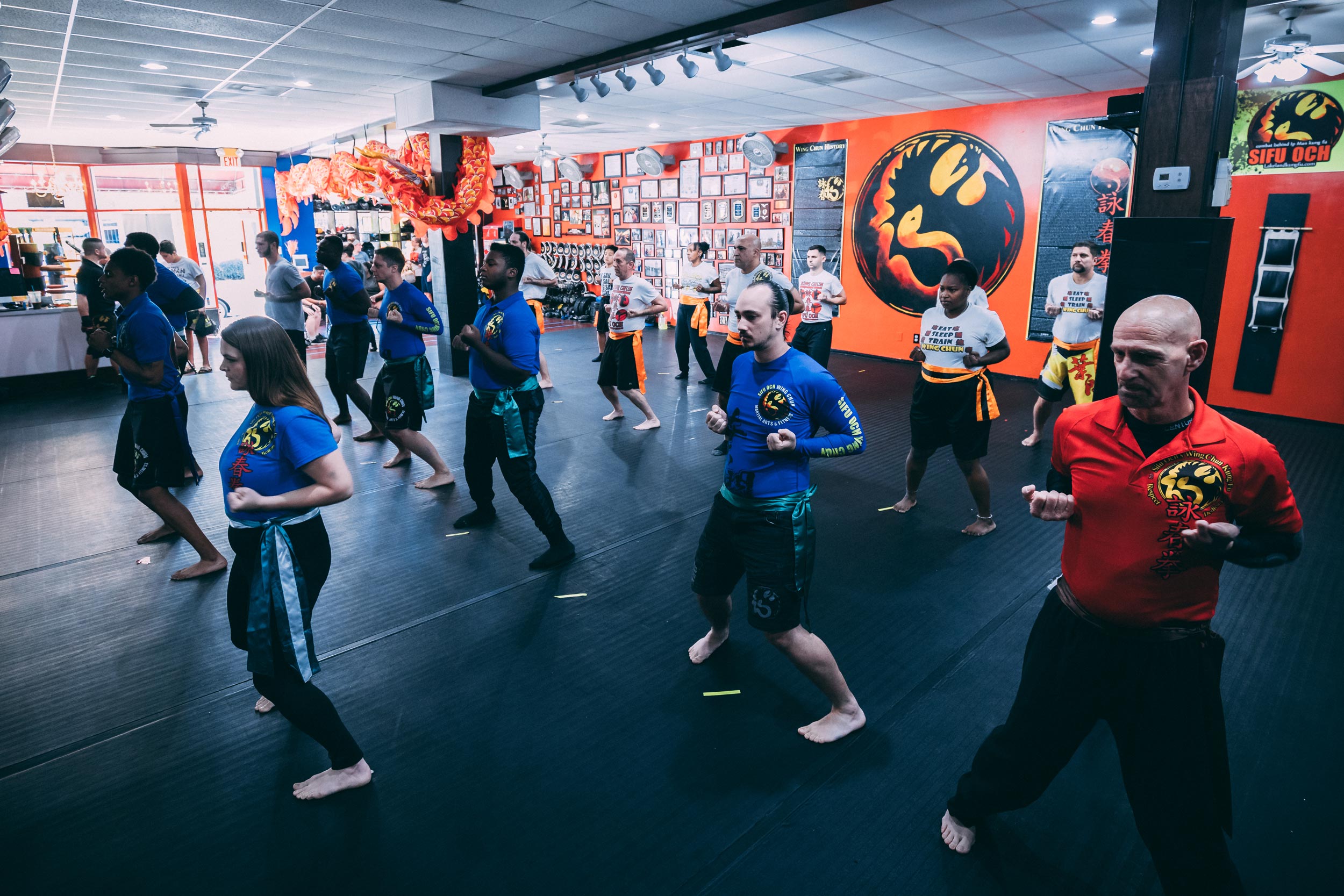The world of martial arts is a tapestry of intricate …
Everyone’s physical capabilities are different, whether it be size, strength, speed, or overall fitness level. There are strengths and limitations each of
Welcome to our dedicated wing chun kung fu blog! Our martial arts instructors discuss a series of topics on wing chun kung fu, martial arts, and general fitness, sharing their years of knowledge/experience in wing chun kung fu and martial arts. More of a video person? Check out our Instagram or Youtube channel!
The world of martial arts is a tapestry of intricate …
Chinese martial arts trace their roots back thousands of years, evolving through dynasties and cultural changes. Originally developed for self-defense, hunting, and military training, these arts have transformed into a comprehensive system that encompasses physical,
Unlock the Secrets of WSL Ving Tsun with David Peterson’s Expertise David Peterson, a recognized authority in Ving Tsun throughout the World. Has dedicated his life to mastering and teaching the WSL Ving Tsun system
Unlock Confidence with Wing Chun: Central Florida’s Best Self-Defense What Wing Chun is, is a self defense system that focuses on direct, efficient movements. Efficiency and speed is this martial art powerful self-defense tools. Renowned
Everyone’s physical capabilities are different, whether it be size, strength, speed, or overall fitness level. There are strengths and limitations each of
Becoming a Wing Chun training practitioner is different for everyone. Some start to learn realistic self defense, some begin to get in
My First Year of Wing Chun: How I Earned My Orange Sash As I reflect on my first year of Wing Chun,
There are many steps to Building a Fun Kung Fu Kids Class. You can vary teaching styles based on age, style of martial art, and size of the class.
Kickboxing classes Lakeland Fl Our Kickboxing classes Lakeland Fl will literally kick butt, burn calories and bring you goals you didn’t know you
Wing Chun is not the easiest martial art to teach. The techniques come from a philosophy and list of principles. Due to
When to Learn Wooden Dummy & Chi Sau
Now that we have addressed what intercepting as a concept let me provide you with 4 Ways to Intercept your opponents attacks using Wing Chun.
Afterschool Kung Fu Fun is an overview article about how to enjoy teaching your afterschool kids martial arts class. Take a look!
The Strength of My Wing Chun is the Story of Ryan Beck and his training at Tampa Wing Chun. Read to see how he has grown and will never stop Wing Chun.
In this Article: “A Letter To Myself-Marcus Morales”, Marcus tells us his story of how he started his Wing Chun Training. We
Sal Ficaro: Ageless Training is Sal message to anyone feeling "too old" to start something. Read his story to see things from his perspective.
We offer authentic wing chun kung fu classes, martial arts & fitness for all ages servicing all of Central Florida!
Sifu Och Wing Chun is a martial arts school centered around the ancient and effective martial art style of Wing Chun Kung Fu.
These classes are ideal for individuals that want reality-based training and fitness for themselves and their entire family. Because of how Wing Chun was developed, it can be used effectively no matter your size, age, weight, or skill level.
Additionally, you can learn more about our studio or check out our Instagram to see what our classes have in store for you.

& Fitness Consultation
Fill out the form to get 1 FREE WEEK of training at our downtown Lakeland facility and access to our full schedule of self defense and fitness classes!
Fill out the form below, and our team will get in touch within 24 business hours. We look forward to seeing you soon!